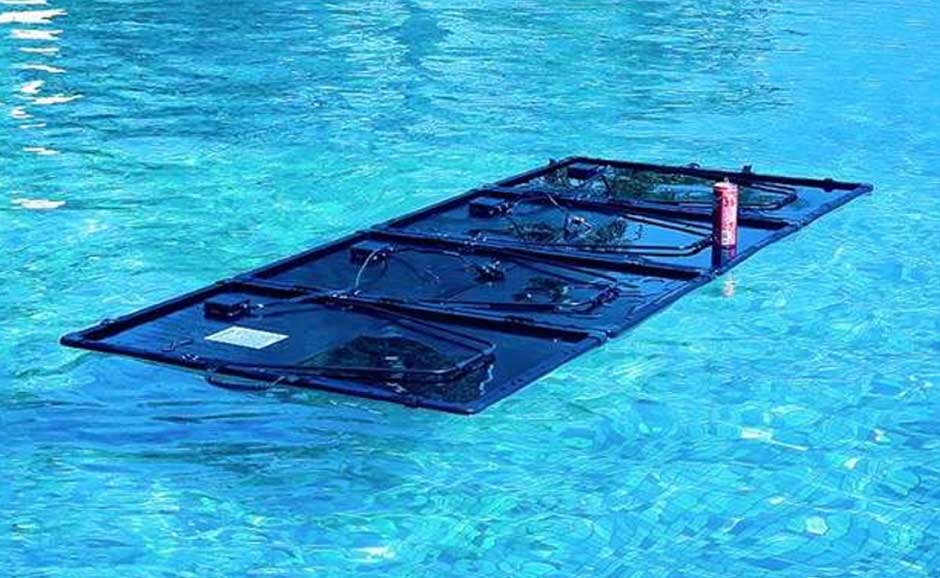Waterproof testing and certification are essential aspects of many industries, including electronics, automotive, and medical equipment manufacturing. In this article, we will provide an expert guide to waterproof testing and certification, including the different standards, test methods, and considerations for product design.
For example, in the waterproof rating IP67, IP stands for “Ingress Protection”, with the number 6 representing the highest level of protection against solid substances, i.e. full protection, and the number 7 representing the second highest level of protection against liquids, i.e. able to withstand 30 minutes of water immersion to a depth of no more than 1 meter.
Standards and Certifications:
There are various standards and certifications for waterproof testing, including the International Electrotechnical Commission (IEC) 60529, the American National Standards Institute (ANSI), and the Ingress Protection (IP) rating system. The IP rating system is the most widely used and defines the level of protection against dust and water. The first digit represents the level of protection against solids, while the second digit represents the level of protection against liquids. For example, an IP68 rating means the device is dust-tight and can withstand immersion in water at a depth of 1.5 meters for 30 minutes.
Sungold Hi Power IP67 waterproof appearance
Procedure for Waterproof Testing
Waterproof rating testing of equipment is usually carried out by conducting environmental tests on equipment in a laboratory simulating water showers, sprays, and immersions. The specific steps of the test are as follows.
- Define the test method and equipment: Develop the test method and equipment to be used to ensure the accuracy and repeatability of the test.
- Test the equipment enclosure: Water and spray tests are carried out on the surface of the equipment with a certain pressure and flow of water to simulate rain and wind-driven rain. During the test, the equipment’s enclosure is checked for water penetration, water ingress, or damage.
- Testing the protection level of the equipment: The equipment is completely immersed in water to a certain depth and checked for problems such as water ingress, seepage, and electrical faults during the test. For different levels of testing, the depth and duration of immersion vary.
- Record the test results: Record the data and observations from the test for subsequent analysis and evaluation.
- Based on the test results, it can be determined whether the waterproofing level of the equipment meets the relevant standards to ensure that the equipment is waterproof when in use. It is important to note that different test standards and test methods may have an impact on the test results, so it is important to check that the test standards and methods comply with the relevant regulations in the region where the equipment is located before testing.
Sungold Hi Power IP67 waterproof appearance
Design Considerations:
When designing a product for waterproofing, several factors must be considered, including the product’s use environment, the ingress of water into the product, and the materials used in the product’s construction. For example, a product used in marine environments must withstand exposure to saltwater, which can cause corrosion and damage to the product’s components.
Conclusion:
In conclusion, waterproof testing and certification are critical for ensuring the reliability and safety of products used in environments where exposure to water is possible. The IP rating system is the most widely used and defines the level of protection against dust and water. There are several test methods used to determine a product’s waterproof rating, and when designing a product for waterproofing, several factors must be considered, including the product’s use environment, the ingress of water into the product, and the materials used in the product’s construction.

